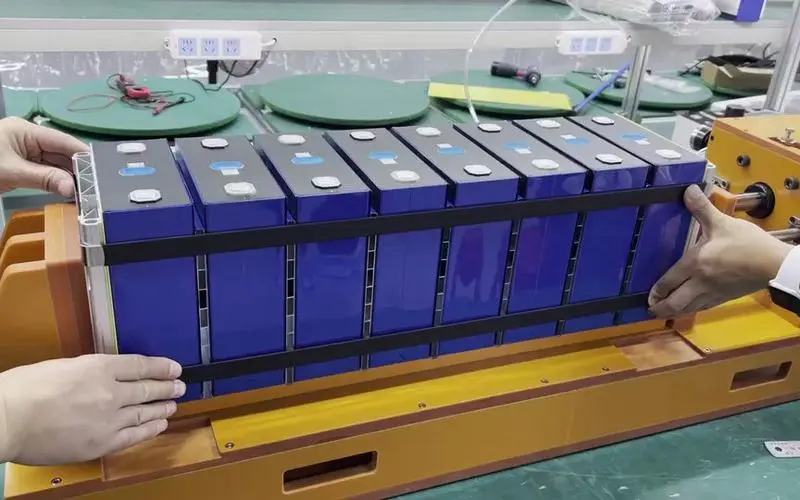 |
Welcome To Evlithium Best Store For Lithium Iron Phosphate (LiFePO4) Battery |
 |

LiFePO4 batteries are among the most widely used power sources today, thanks to their strong performance and excellent safety features. Whether you're using them in energy storage systems or electric vehicles, they're almost everywhere. However, like any electrical appliance, LiFePO4 batteries require proper maintenance to ensure a long and efficient life.
Unlike lead-acid batteries, LiFePO4 batteries are designed to be maintenance-free. There's no need to add water or fluids throughout their lifespan, nor do you need to drain them. This hands-off design is one of the reasons so many people prefer these batteries. In general, just let the battery charge and discharge as needed, and you're good to go.
That said, regular attention to the battery terminals (studs, washers, and busbars) is essential. These components are key for transferring power, and any issues here can negatively affect the battery's performance. The most common issues are dirt, oxidation, or loose connections.
Always remember to disconnect the battery load and wear insulating gloves before cleaning to avoid accidents.
Additionally, you should monitor the battery for any swelling. If the battery becomes slightly bloated due to improper use, you can sometimes resolve this by increasing compression to restore the battery to its original shape. However, if the swelling is severe, it poses a safety risk, and the best course of action is to recycle the battery and replace it.
Extreme Temperatures: While LiFePO4 batteries can handle high temperatures and are resistant to self-discharge in cold conditions, excessive heat or cold is damaging. Always keep your battery within the recommended temperature range.
High Humidity: Storing your battery in a humid environment can lead to terminal oxidation or even leakage. It’s best to store your battery in a cool, dry place with good ventilation.
Prolonged Storage: Regular charge-discharge cycles are crucial for maintaining a LiFePO4 battery's health. Long-term storage without use can lead to a permanent drop in performance. Aim to fully cycle the battery at least once every six months.
Improper Stacking: Avoid stacking batteries carelessly or in proximity to stray wires and other metal objects. This increases the risk of short circuits and other accidents.
Overcharging and Over-Discharging: Both of these can cause irreversible damage to the battery, significantly reducing its performance and lifespan.
While maintaining a LiFePO4 battery may seem a bit detailed, it's largely hassle-free. By following regular maintenance practices, you can extend the life of your battery, which in turn adds more convenience to your daily life.
Edit by paco